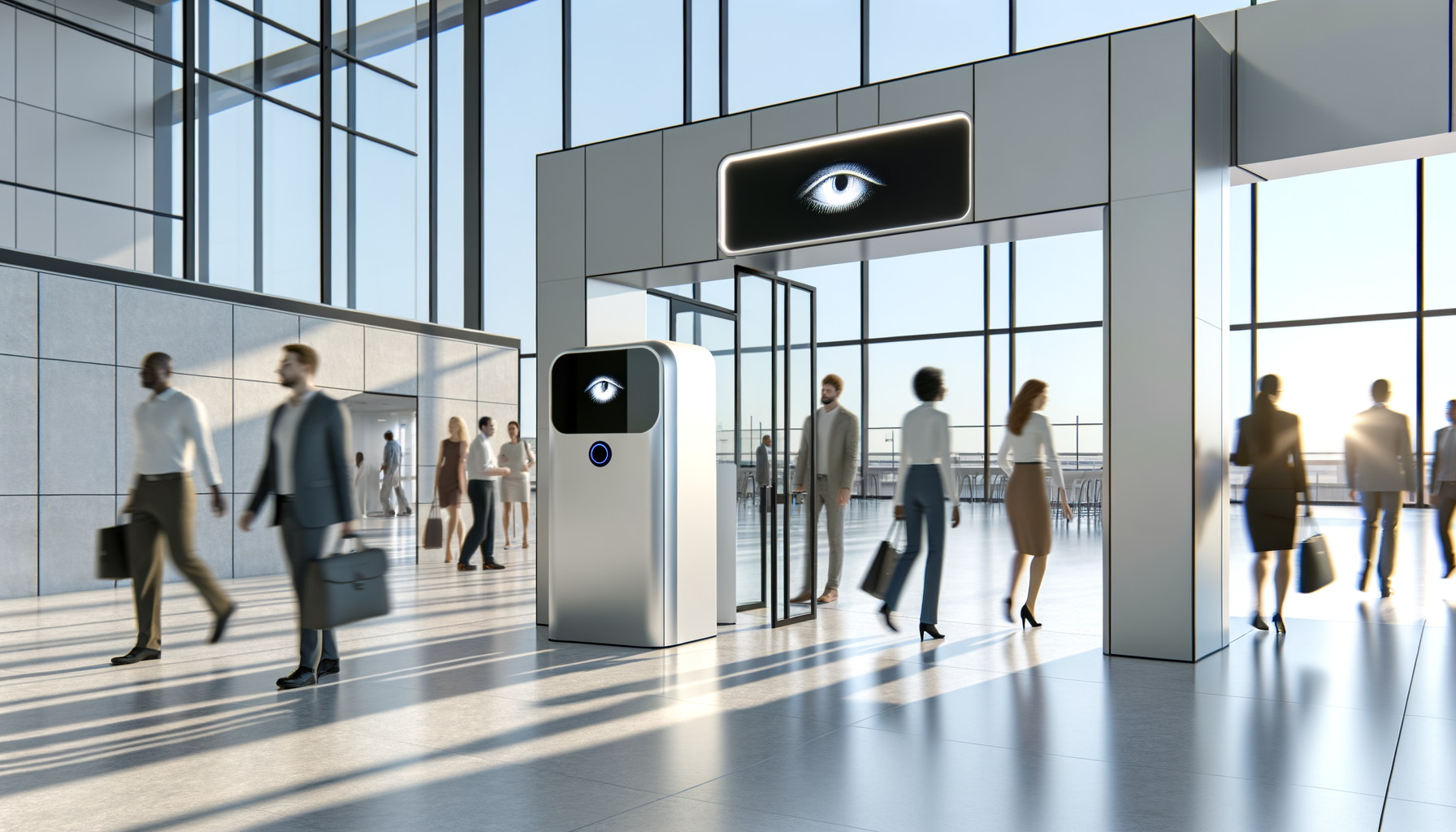In today’s digital age, the security of personal data has become a paramount concern. Traditional security measures like passwords and PINs are no longer enough to prevent unauthorized access to sensitive information. This has led to the emergence of biometric technologies like Face ID, fingerprints, and iris scans as popular authentication methods. But the question remains, “Face ID, Fingerprints, and Iris Scans: How Secure Are Biometrics?” This article aims to delve into the intricacies of these biometric systems, their cybersecurity implications, data protection mechanisms, privacy concerns, threat detection capabilities, defense strategies, security measures, and best practices.
Understanding Biometrics

Biometrics refers to the measurement and statistical analysis of an individual’s physical or behavioral characteristics. This includes facial recognition (Face ID), fingerprints, iris scans, voice patterns, and more. These are unique to each individual, making them ideal for identification and authentication purposes. However, the storage and processing of biometric data require robust security measures to prevent data breaches and maintain privacy.
The Rise of Biometrics
The use of biometrics for authentication has skyrocketed in recent years, particularly in mobile devices. This is largely due to convenience—biometric authentication is fast and doesn’t require the user to remember anything. However, the rise of biometrics also presents new cybersecurity challenges. Unlike passwords, biometric data cannot be changed if compromised, making it a potentially lucrative target for cybercriminals.
Face ID: How Secure Is It?

Face ID is a facial recognition system developed by Apple for its mobile devices. It uses a detailed 3D map of the user’s face for authentication. While generally secure, Face ID is not infallible. There have been instances of successful spoofing using sophisticated masks or even photos. Moreover, there are concerns about the privacy implications of storing detailed facial data.
Fingerprints: A Reliable Option?
Fingerprint recognition systems have been widely adopted due to their ease of use and perceived reliability. However, they are not without their flaws. False positives can occur, and some systems can be fooled by high-quality replicas of fingerprints. Additionally, there are privacy concerns as fingerprints, once compromised, cannot be changed.
Iris Scans: The Future of Biometrics?

Iris recognition is considered one of the most secure biometric technologies due to the uniqueness and stability of the iris. However, it is not yet widely adopted due to the high cost and complexity of iris scanning devices. Like other biometric systems, it also raises privacy concerns as iris data, once compromised, cannot be replaced.
Best Practices for Biometric Security
While biometrics offer a high level of security, they are not foolproof. Following best practices can help enhance their effectiveness:
- Use multi-factor authentication: Combining biometrics with other authentication methods, such as passwords or tokens, can significantly increase security.
- Encrypt biometric data: Biometric data should always be stored in an encrypted format to protect against data breaches.
- Regularly update systems: Biometric systems should be regularly updated to protect against new threats and vulnerabilities.
Comparing Biometric Systems: Face ID, Fingerprints, and Iris Scans
| Biometric System | Security Level |
|---|---|
| Face ID | High |
| Fingerprint | Medium |
| Iris Scan | Very High |
Thank you for taking the time to read this article. We hope it has provided you with a deeper understanding of biometric security. Feel free to explore other articles on this site for more insights into cybersecurity and technology.








